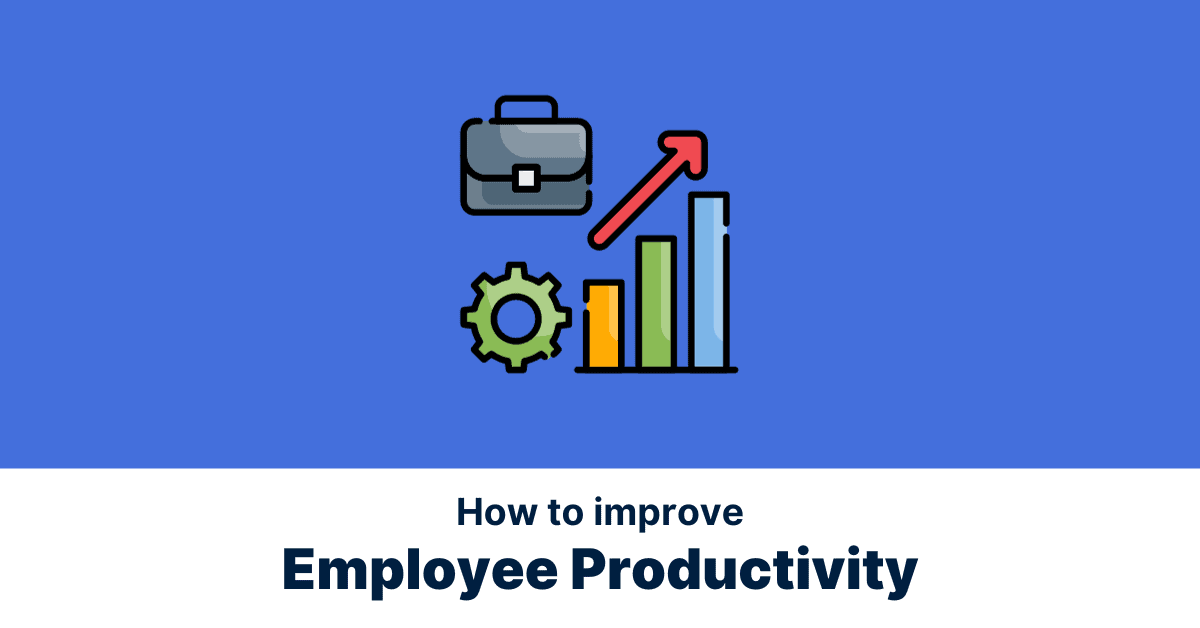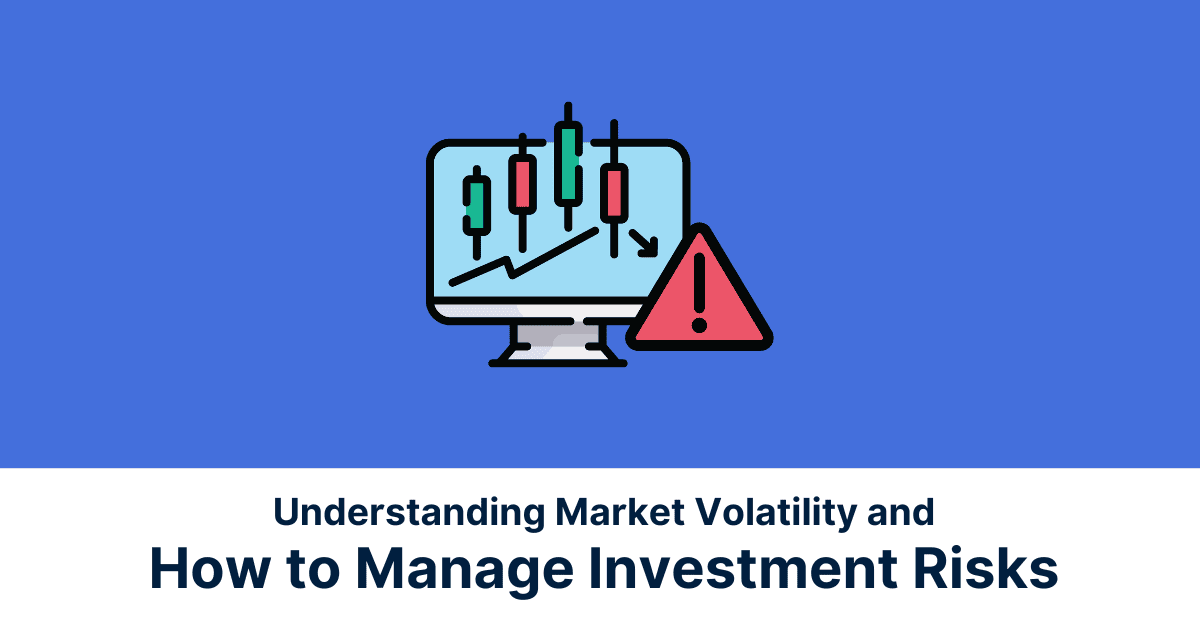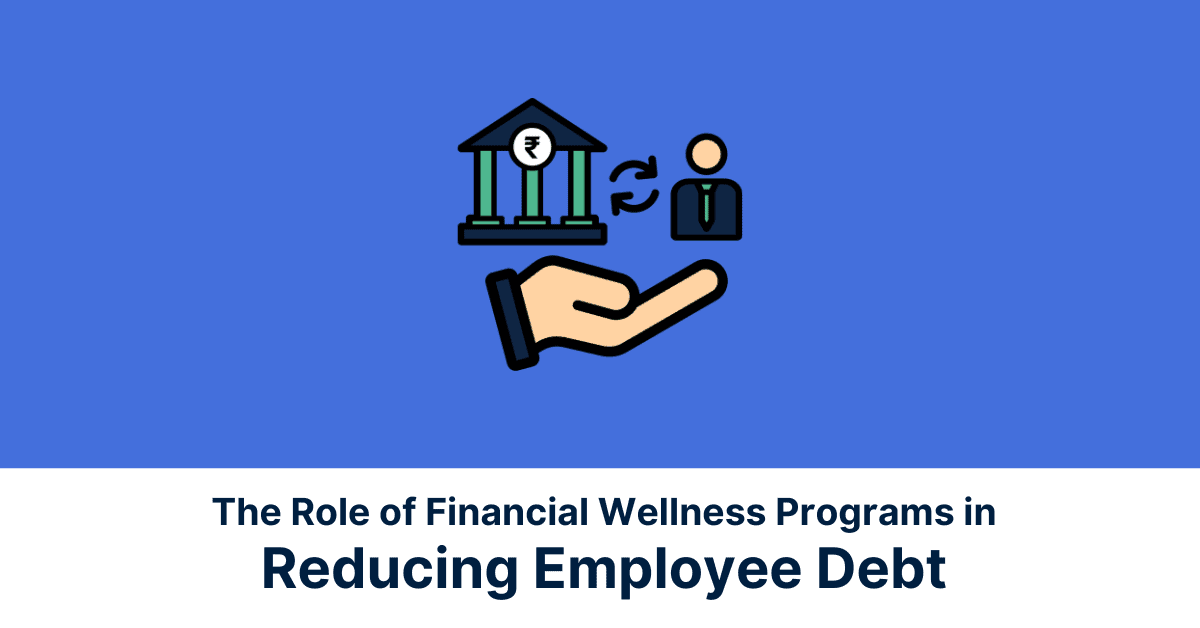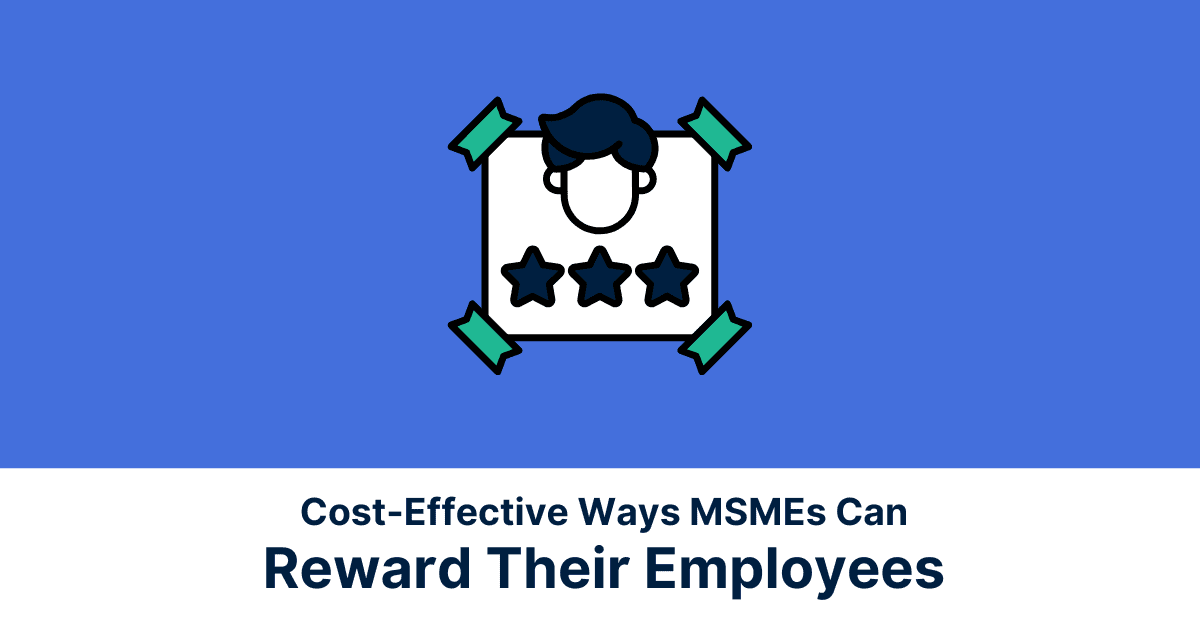Understanding the concept of employee productivity
Productivity is the amount of work done in a given amount of time.In a workplace, productivity is the efficiency with which teams complete tasks and achieve goals. It is measured by the output of individuals or teams and can be used to identify areas where an organisation can improve its workflows.
Higher levels of productivity typically indicate that employees are using their time and resources effectively. Increasing employee productivity is crucial for the success of businesses and organisations as it directly impacts profitability, competitiveness, and overall efficiency. By understanding the factors that impact employee productivity and taking steps to improve it, businesses can boost their bottom line.
Understanding factors that affect productivity
1. Physical environment:
A well-designed workspace can promote focus and efficiency, while a noisy or uncomfortable environment may lead to distractions and reduced productivity.
2. Diet:
It is vital to stay well-hydrated and get the right amount of nutrients so the brain and body can operate at their best. Dietary habits can have a direct correlation with one’s rate of productivity.
3. Rest and exercise:
Sleep, off-time, and breaks are some crucial elements for a well-maintained mind and body connection. Exercise can help energise and lift your mood, in return, it helps you focus better with a clear mind.
4. State of mind:
Mental well-being is crucial to any form of productivity, and as you do for your body, you also need to take care of your mental well-being.
5. Workplace culture:
To thrive, it’s important to have a work culture where people feel represented and safe, and have supportive colleagues that can inspire and motivate. This matters most as it can have a positive impact, which can help increase employee productivity.
6. Tools:
Failing to invest in the necessary tools can make it difficult to accurately assess employee productivity. Investing in the right tools can streamline tasks and improve overall productivity.
7. Training and development:
Without necessary training, employee productivity will stagnate. It is crucial for companies to provide training for their employees to grow and produce better outputs, ultimately leading to the company’s success.
How to increase employee productivity at the workplace
In today’s fast-paced world, where instant gratification is the norm, it is more important than ever to be productive. Learning new ways to be productive is an excellent way to optimize your time and free up more of it for the things you enjoy.
Read on as we highlight below a few ways you can encourage employees to be productive at work or home.
1. Set up a morning routine
Setting up a morning routine helps you start the day on the right foot. There is no fixed blueprint for a morning routine, it all depends on your goals and needs.
Some key things you could include in your routine:
- Waking up early
- Exercising
- Jotting and reviewing your goals for the day
- Allocating time for the things you love. Self-care is vital. Starting your day with the things you enjoy can put you in the right mindset and will help you enhance your productivity.
2. Optimise first
It doesn’t matter how efficient you are if you are doing the wrong things. Don’t get caught up in trying to be more efficient by writing down huge to-do lists that don’t really need to be done. Prioritise and focus on two or three high-value tasks you need to do and stick to these three tasks.
Any system you use for organising your work needs to be centred around the act of prioritisation. If your system doesn’t do that, it isn’t going to optimise your productivity.
The thing about prioritisation is that it isn’t doesn’t require any fancy tools. You don’t need special software or an app on your phone. You just need to be able to make a list and then prioritise the order.
Whatever method you use, prioritisation gives you the ability to focus the limited resources of your time on things that are truly important. The small amount of time you invest on prioritisation has a higher return on investment than just about any other activity.
3. Track time
We all have the same 24 hours in a day, so it’s also important to note how you spend your time. You can do this manually using a pen and paper or with a time tracking app, this will help you monitor the time you’ve allocated for your tasks.
4. Manage your time
These days it has become increasingly challenging to keep goals in mind and stay focused owing to the digital era we live in.
In order to manage time better and improve employee productivity, you could encourage your team members to the apply Pareto Principle
The Pareto Rule, is also referred to as the 80/20 rule. Here 20% of your input, actions, or activities are responsible for 80% of your output or results in any situation. And the opposite is also true; 20% of your outputs or results come from 80% of your inputs, actions, or activities.
This principle is surprisingly applicable to every aspect of our daily lives. Here are some general examples of the Pareto principle:
- Usually, we wear 20% of our clothes 80% of the time
- 20% of a non-fiction book contains 80% of the most important information
- 80% of a company’s revenue is generated by 20% of its leads.
The first step to trying this method is to ‘Find your 20%’. This means identifying the 20% of input or tasks that will generate 80% of your output or results.
To find your 20%, start by answering the questions below:
- Which task or activity makes up for the majority part of your day?
- What type of tasks or activities take up a lot of your time?
- Which tasks have the highest positive outcome or the best return?
- Are there important tasks with a high positive outcome that you’re postponing for urgent work with a lower positive outcome?
Thus, the 80/20 principle is based on the precept that working less can produce better results.
5. Take breaks:
This may sound counter-intuitive, but taking breaks helps you be more productive. The Pomodoro Technique is a simple time management method based on a work/break approach.
Define a task you want to do, set a timer for 25 minutes, work on the task, and stop when the timer rings as it is time for you to take a 5-minute break. Start again after 5 minutes and repeat four times before taking a bigger 15-30-minute break.
6. Eat the frog first and have meetings later at noon
Eating the frog first is the process of starting your day with the biggest, hardest, and most important task first; as our brains are more focused in the early hours of the day. Studies have shown, mid-afternoon is the best time for soft tasks such as client calls or meetings.
7. Say “NO” gracefully
Knowing when to say “no” can help you significantly increase your productivity. Taking on tasks that aren’t on your to-do list for the day will only drain your time, and overwhelm you. If you are not 100% confident of the task you are accepting, this can be counter-productive.
8. Delegate and follow-up
Delegating some of your tasks will help you focus on the important and urgent tasks only you can perform. While it can be difficult to let go, spreading the workload and concentrating on a few tasks is critical to being productive and reaching your goals. One simple system you can implement for each task you’d like to delegate is:
Identifying the tasks that can be delegated
- Determining who can perform the tasks
- Clearly defining the task and communicating in a transparent way
- Ensuring your co-worker has fully understood the task
- Monitoring the progress and encouraging your co-worker
9. Take it easy with emails and chats
According to a study published by McKinsey and Company, employees spend 28% of their time checking emails. More often than not, emails can wait, but we feel this urge to check them constantly, which can significantly alter our productivity.
The best way to boost your efficiency is to only check your emails at specific times during the day and keep them closed while performing important tasks to prevent them from distracting you. The same applies to internal chats and collaborative tools. Stay offline while focusing on important and challenging tasks and only go back online when you’re finished and want to spend some time on collaborative tasks.
Here are a few techniques to help measure employee productivity
Time Tracking Software
A time-tracking tool can help monitor an employee’s time against a particular task or project. Employees use the software to log their work hours and activities.
This data can then be analyzed to determine how time is allocated and identify areas where time could be better spent. It provides insights into time management, helps in resource allocation, and allows for the identification of time-wasting activities.
Benchmarking
A competitor’s performance results can serve as a yardstick to identify and improve one’s company performance metrics. Thus, benchmarking helps in identifying areas where a company falls short while giving structure for setting performance goals for tracking progress.
Quality Metrics
Employee productivity can also be measured in terms of defects, errors, or rework. Lower levels of these issues can indicate higher productivity. Good product or service quality often leads to higher customer satisfaction, reduced waste, and cost savings.
Lean Six Sigma
Have Lean Six Sigma methodologies to identify and eliminate process inefficiencies. This method comprises of problem-solving techniques, process mapping, and statistical analysis to identify and eliminate waste. It can lead to significant improvements in productivity, cost reduction, and quality enhancement. It’s a comprehensive approach to continuous productivity improvement.
Improving productivity will be an ongoing process
Improving your productivity takes time and effort, but it’s worth it. The techniques we’ve explored in this blog are tools you can adapt and wield in your unique way. Remember, the goal is not to be busier but to be more purposeful, efficient, and fulfilled in your endeavours.
Be patient with yourself. Over time, you’ll find the perfect combination of techniques that work best for you, enabling you to lead a more productive, balanced, and rewarding life.
*Disclaimer:
The information contained herein is not intended to be a source of advice concerning the material presented, and the information contained in this article does not constitute investment advice. The ideas presented in the article should not be used without first assessing your financial situation or without consulting a financial professional.



















